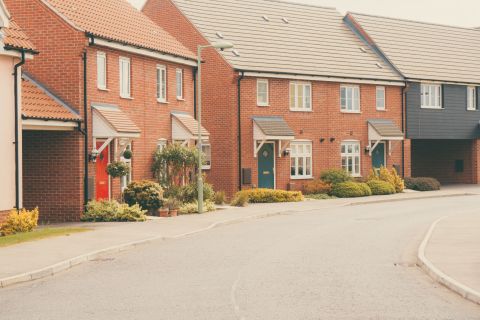
Preparing HVAC specification for Option 1 and Option 2

During the Future Homes Standard consultation, Government proposed two options for energy efficiency targets under Part L 2020. They then asked industry which they would prefer:
Option 1 - Future Home Fabrics
20%
Very high fabric standards to minimise heat loss from windows walls floors and roofs (typically with triple glazing)
A gas boiler
A waste water heat recovery system
Option 2 - Fabric Plus Technology
31%
An increase in fabric standards (likely to have double glazing)
A gas boiler
A waste water heat recovery system
Photovoltaic panels
When Government release their post-consultation version of Part L, expected mid-2020, one of these options is likely to become the new compliance target for residential homes. They have made it clear that Option 2 is their preferred choice.
What changes between the two options?
Regardless of whether Option 1 or Option 2 become law, the minimum U-values and other regulatory standards remain the same. The only element that will change will be the percentage increase in the carbon emission, and in proportion the primary energy, targets.
Although the Government has been unclear in their naming of these two options, Option 1 does not prioritise fabric and Option 2 low carbon technologies, as these are only notional building designs. In reality, if Option 1 becomes the legal standard, it could also be met using low carbon technologies.
Compliant systems: SAP 10.1
To help building designers prepare for what these changes could mean for HVAC specification and building design, the BRE launched SAP 10.1 BETA software. This tool allows research into how a building which gains compliance today will perform under both Option 1 and Option 2.
However, compliance with Building Regulations is not the only consideration for new developments; local planning requirements and project restrictions must also be taken into account. This is why we have created a new report using the supporting SAP 10 BETA software to analyse the potential impact of the Future Homes Standard consultation on HVAC specification within residential developments, and how will affect future building design when combined with local planning and project requirements.











